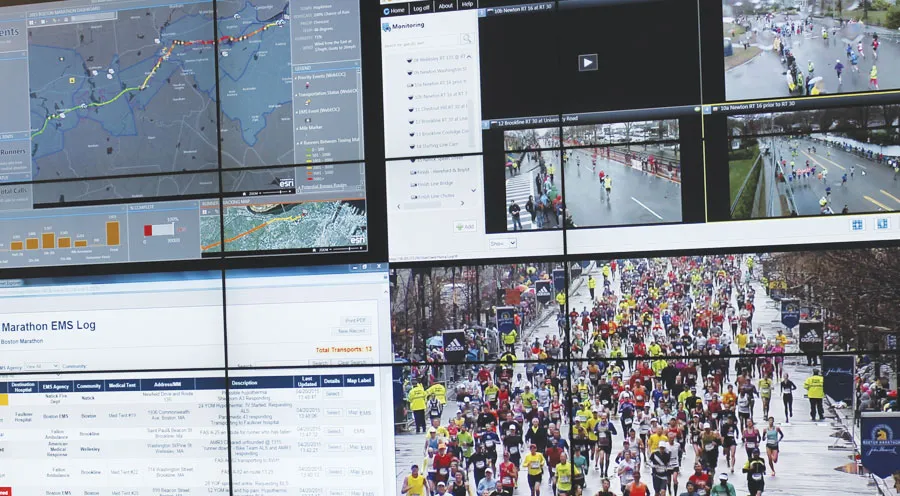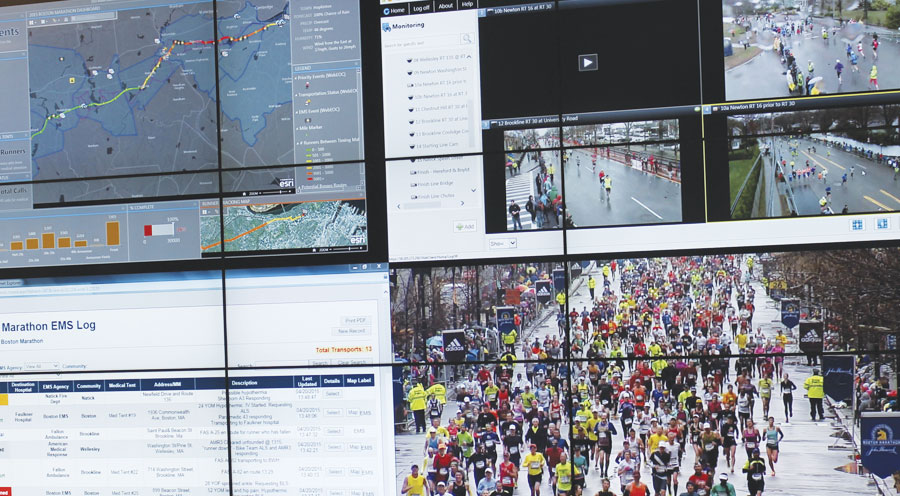
How the Boston Marathon used GIS technology?
Begun in 1897, Boston marathon is always a special marathon event for the running community world-wide. It is held on Patriot’s day, the third Monday of April every year. We have also witnessed the terrifying bomb attacks and subsequent shoot-out during 117th annual Boston Marathon way back in 2013 which led to death-toll of 6 people and hundreds injured.
But this year on Monday, April 18th, 2016, Massachusetts authorities decided to turn to GIS technologies in order to manage the safety of the event. Boston city partnered with Esri in order to do the real-time tracking of the race route and key stations which are the most crucial aspects of the crisis management that enables authorities to take decisions quicker and more efficient.
Here’s how it works: a map of all 26.2 miles of the event shows the real-time movement of runners, live traffic and weather, the number of patients in medical tents, and even things like emergency vehicles and the helicopter landing pads. An estimated 200 people are logged in at any given time, broadcasting the statistics to groups of people from federal authorities in Washington D.C. to local law enforcement.
“This technology has advanced as attacks, like those in Boston, catalyzed more security needs among event planners”, said Desiree Kocis, GIS Coordinator at the Massachusetts Emergency Management Agency (MEMA).
“[In the past] technology has always forced us to compromise what we can do from an information sharing perspective,” said Christopher McIntosh, director of public safety industries at Esri. “But that’s no longer the case. The hard part is for the people to understand what’s possible, what they should share with each other, and that’s what’s taking time.”
Events like marathons, where the large crowds gather, need to be guided and informed, needs technology like GIS to comprehend the security levels and status and ensure safety of the people.
Here is another GIS tool, a story map, by Esri explaining 26 Boston Marathon facts.







